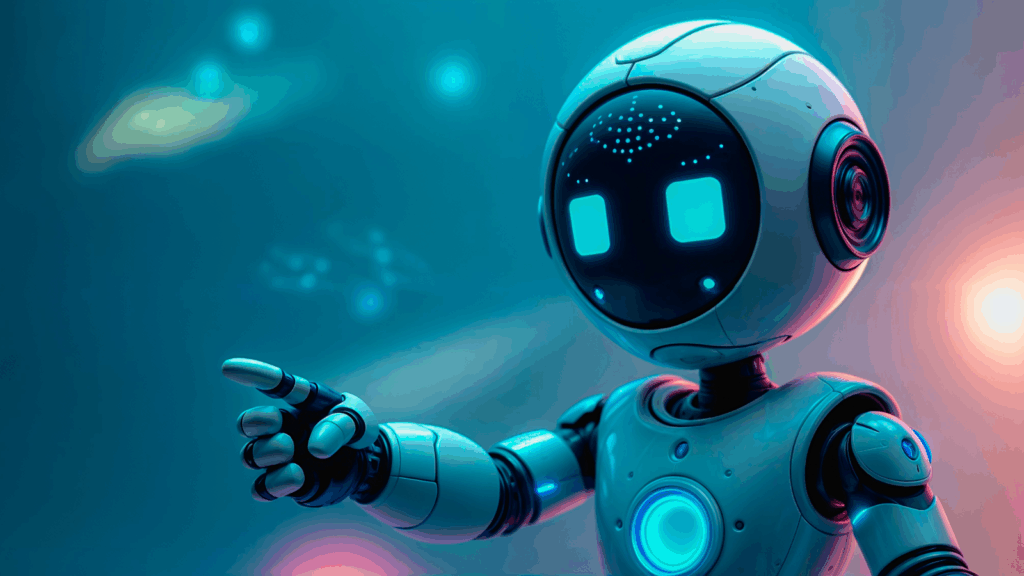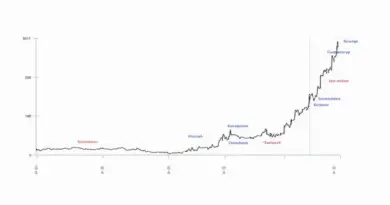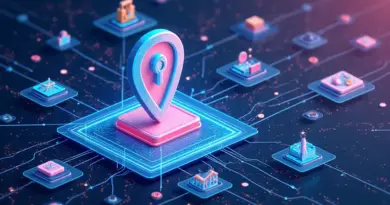The Next Frontier in AI Is Now… And How You Can Profit
I’ve spent over four decades tracking technological disruption, from the rise of personal computing in the ’80s to the dot-com boom to cloud computing and smartphones… and now artificial intelligence.
Over that time, I’ve learned something critical…
The biggest financial opportunities don’t come from what the media is talking about today. Instead, they come from what most people still can’t see clearly yet. And most often, that’s the second wave of a major shift.
That’s when the real transformation begins.
We’re seeing that play out with AI right now. While the media focuses on chatbots, large language models and digital assistants, a far more important evolution is happening in the real world.
You see, AI is stepping off the screen and into the physical world – powering machines that don’t just act, but think.
We’re talking about robots that can see, move, build and perform jobs that used to require teams of skilled people. And they’re getting smarter, faster and cheaper by the day.
I call this the PhysicalAI Revolution – and I believe it will be one of the most important investment trends of the next decade.
So, in today’s Market 360, I’ll show you why this shift matters, what most investors are missing and how you can position yourself early, while the biggest gains are still ahead.
The Robotics Revolution Is Happening Right Now…
I should note that this trend isn’t limited to the business world, either. Just look at Sony Group Corp.’s (SONY) AI-powered companion robot, called aibo.
With the appearance of a dog, aibo responds to voice commands, recognizes faces, learns routines and even develops a unique personality over time. It can express emotions, adapt to its owner’s preferences and interact in ways that feel lifelike.
Source: Sony
That’s real-world AI – not on a screen, but walking around your living room.
This is just the tip of the iceberg, folks. We’re seeing robots compete in soccer games, half marathons, and more. Amazon.com, Inc. (AMZN) has over a million robots in its warehouses and is testing humanoids that can hop out of delivery vans and bring packages to your doorstep. Tesla, Inc.’s (TSLA) Optimus humanoid robot is learning to fold laundry and perform basic factory tasks, with plans for wider rollout.
Deere & Company (DE) is deploying fully autonomous tractors that can plow, plant, and harvest with no one in the cab. Xiaomi operates “dark factories” in China, producing a smartphone every second without human labor. In some restaurants, AI-powered servers glide between tables delivering food without missing a beat.
The Next Frontier
This begs the question…
If we’re already seeing robots run races and giving them a spot on the couch, how long before they’re helping in kitchens, managing stores or assisting in hospitals?
Folks, the Physical AI Revolution is happening at a rapid-fire pace. And it’s going to reshape the world even more dramatically than digital AI.
It reminds me of the early days of Amazon – back when most people thought it was “just a bookstore.” But under the surface, it was quietly building the most advanced logistics and fulfillment network the world had ever seen. That’s where the real value was being created. And if you saw it early, you could have turned a modest investment into a fortune.
The same thing is happening with Physical AI. Wall Street is chasing the obvious, headline names — the companies everyone already knows. But the real upside is in the firms quietly building the hardware, intelligence systems, and infrastructure that will power the next generation of automation.
So, how exactly can you spot a good robotics company? Well, let me tell you exactly what I look for when I evaluate them – and how you can tell the difference between a hyped-up startup… and a true game changer…
What to Look for in a Robotics Innovator
The fact is, folks, not all robotics companies are created equal.
Just like during the internet boom and the first wave of AI software, we’re going to see a flood of companies making bold promises. They’ll throw around buzzwords and put up impressive demos on YouTube. But only a small group will deliver real, lasting value.
Now, I don’t chase headlines. To put it simply, I look for substance. The companies that deliver real returns. The ones whose market caps go from $500 million to $5 billion, and sometimes far beyond.
They all share a few critical characteristics:
Once I find a company that hits these four points, I use my Stock Grader system (subscription required) to cut through the noise and see what the fundamentals say. Does the company have accelerating sales? Margin improvement? Institutional interest? Positive cash flow trends?
These are the signals that help separate the next big winner from the flavor of the month.
Separating the Winners From the Losers
Here’s something most people miss…
Robotics has higher barriers to entry than software. Writing code is one thing. Designing, manufacturing and scaling intelligent machines that can safely operate in the real world is another.
That’s why the companies building the “picks and shovels” for this revolution – the sensors, chips, actuators, and infrastructure – are positioned to profit no matter which specific robots win.
But separating the winners from the losers can be difficult. That’s why I teamed up with my fellow InvestorPlace colleagues Eric Fry and Luke Lango to focus on the crème de la crème of AI-powered robotics.
In the end, we came up with seven stocks we believe are the best Physical AI and robotics plays to own right now.
We call it the Day Zero Portfolio.
In fact, we just released an urgent briefing to share everything we’ve discovered about this powerful new shift and what we see coming. Not only that, but we also share the name and ticker symbol of our No. 1 way to play this move… completely free of charge.
Click here now to watch the briefing before this takes off.
Sincerely,

Louis Navellier
Editor, Market 360
The post The Next Frontier in AI Is Now… And How You Can Profit appeared first on InvestorPlace.






